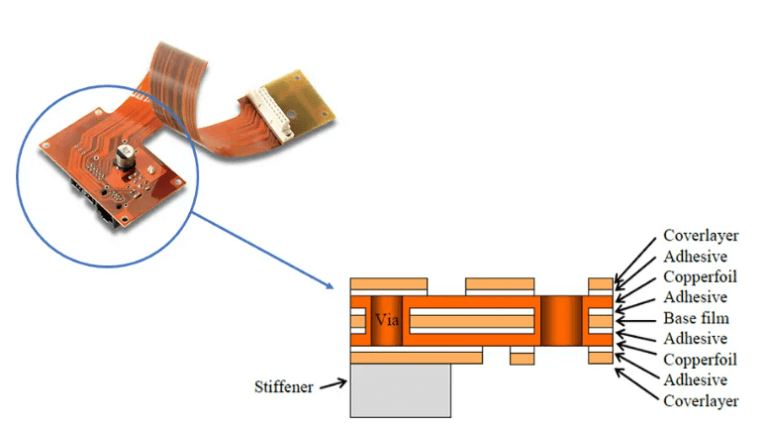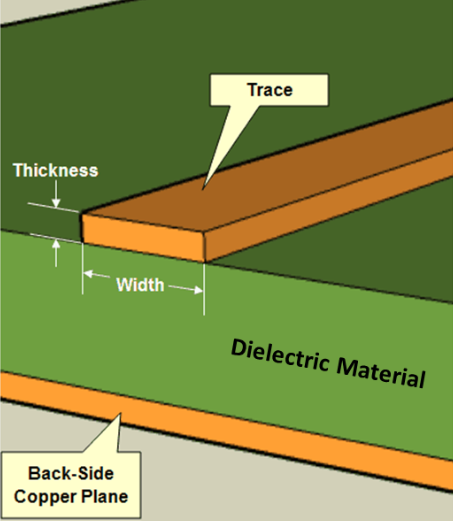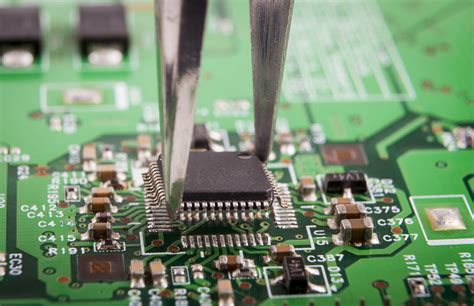Characteristics of High-Reliability Printed Circuit Boards (PCBs)
Introduction
In today’s technologically advanced world, Printed Circuit Boards (PCBs) form the backbone of nearly all electronic devices. From consumer electronics to mission-critical aerospace and medical applications, the reliability of PCBs directly impacts the performance and longevity of the entire system. High-reliability PCBs distinguish themselves from standard boards through superior design, material selection, manufacturing processes, and testing protocols. This article explores the key characteristics that define high-reliability PCBs, which are essential for applications where failure is not an option.
1. Superior Material Selection
High-Quality Base Materials
The foundation of any reliable PCB lies in its base materials. High-reliability PCBs typically use:
- FR-4 with high Tg (glass transition temperature >170°C)
- Polyimide for extreme temperature applications
- Ceramic-filled materials for enhanced thermal conductivity
- Low-loss dielectrics for high-frequency applications
Advanced Copper Foils
- Heavy copper (up to 20 oz) for high-current applications
- Reverse-treated foils for better adhesion
- Low-profile copper for high-frequency designs
Specialized Prepregs and Laminates
- Halogen-free materials for environmental compliance
- Low dielectric constant materials for signal integrity
- Thermally stable materials to withstand multiple reflow cycles
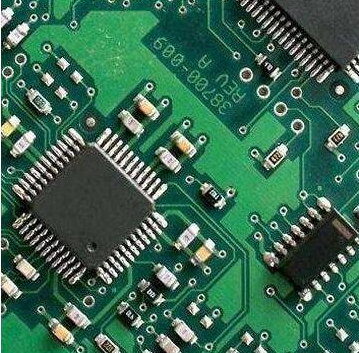
2. Robust Design Features
Conservative Design Rules
High-reliability PCBs implement:
- Wider trace widths than minimum requirements
- Increased spacing between conductors
- Reduced via aspect ratios
- Proper annular ring sizes
Thermal Management Considerations
- Strategic placement of thermal vias
- Copper balancing for even heat distribution
- Thermal relief connections for component soldering
- Consideration of CTE (Coefficient of Thermal Expansion) mismatches
Signal Integrity Optimization
- Controlled impedance routing
- Proper termination techniques
- Minimized stub lengths
- Careful layer stacking for return paths
3. Advanced Manufacturing Processes
Precision Fabrication
- Tight tolerance control (±2-3% typically)
- Laser drilling for microvias
- Plasma etch for desmear
- Direct imaging for precise pattern transfer
Superior Plating Processes
- Electroless nickel immersion gold (ENIG) for surface finish
- Selective gold plating for edge connectors
- Thicker copper plating in through-holes
- Pulse plating for uniform deposition
Controlled Lamination
- Sequential lamination for HDI boards
- Vacuum lamination to eliminate voids
- Proper pressure and temperature profiling
4. Stringent Quality Control Measures
Comprehensive Testing Protocols
- 100% electrical testing (not sample-based)
- Automated optical inspection (AOI) at multiple stages
- X-ray inspection for hidden features
- Microsection analysis for process validation
Environmental Stress Screening
- Thermal cycling (-55°C to +125°C typically)
- Humidity testing (85°C/85% RH)
- Vibration and mechanical shock testing
- HALT (Highly Accelerated Life Testing)
Certification and Standards Compliance
- IPC Class 3 or equivalent requirements
- Military specifications (MIL-PRF-31032)
- Aerospace standards (AS9100)
- Medical device regulations (ISO 13485)
5. Enhanced Durability Features
Conformal Coatings
- Acrylic, urethane, or silicone coatings
- Parylene for extreme environments
- Selective coating for specific component protection
Advanced Via Protection
- Filled and capped vias
- Via-in-pad designs
- Copper-plated via sidewalls
Component Assembly Considerations
- High-temperature solder alloys
- Underfill for BGA components
- Strain relief for large components
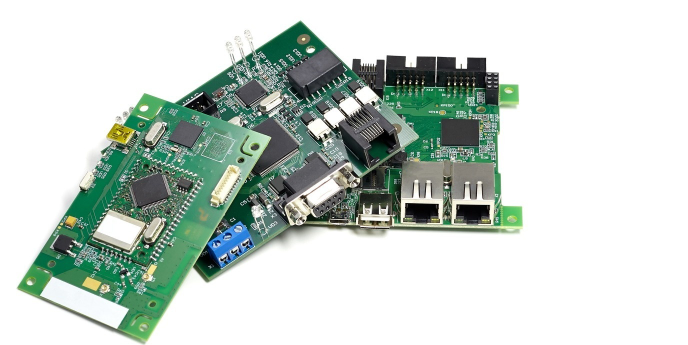
6. Long-Term Reliability Factors
Extended Product Life
- Designed for 15+ years of service life
- Resistance to conductive anodic filament (CAF) formation
- Minimal degradation of insulation resistance
Material Stability
- Low outgassing materials for space applications
- UV-resistant materials for outdoor use
- Chemically inert surfaces for harsh environments
Maintenance and Repair Considerations
- Designed for reworkability
- Markings for component identification
- Documentation of material compatibility
7. Application-Specific Customizations
Aerospace and Defense
- Radiation-hardened materials
- Redundant circuit designs
- Conformal shielding for EMI protection
Medical Devices
- Biocompatible materials
- Ultra-clean manufacturing processes
- Hermetic sealing where required
Automotive Electronics
- Vibration-resistant designs
- Underhood temperature resilience
- Protection against fluid ingress
Industrial Equipment
- Enhanced protection against contaminants
- Robust connectors for frequent mating cycles
- High-voltage isolation features
Conclusion
High-reliability PCBs represent the pinnacle of printed circuit board technology, incorporating superior materials, meticulous design, precision manufacturing, and exhaustive testing to ensure uninterrupted operation in critical applications. While these boards come at a premium cost, their value becomes apparent in systems where failure could result in significant financial loss, safety hazards, or mission failure. As electronic systems continue to proliferate in increasingly demanding environments, the characteristics of high-reliability PCBs will continue to evolve, pushing the boundaries of material science, manufacturing technology, and quality assurance methodologies.
The investment in high-reliability PCBs ultimately pays dividends through reduced field failures, lower maintenance costs, and extended product lifecycles—factors that are especially crucial in industries where reliability is not just preferred but absolutely mandatory. By understanding and implementing these characteristics, PCB manufacturers and designers can create products that stand the test of time and operate flawlessly in even the most challenging conditions.


